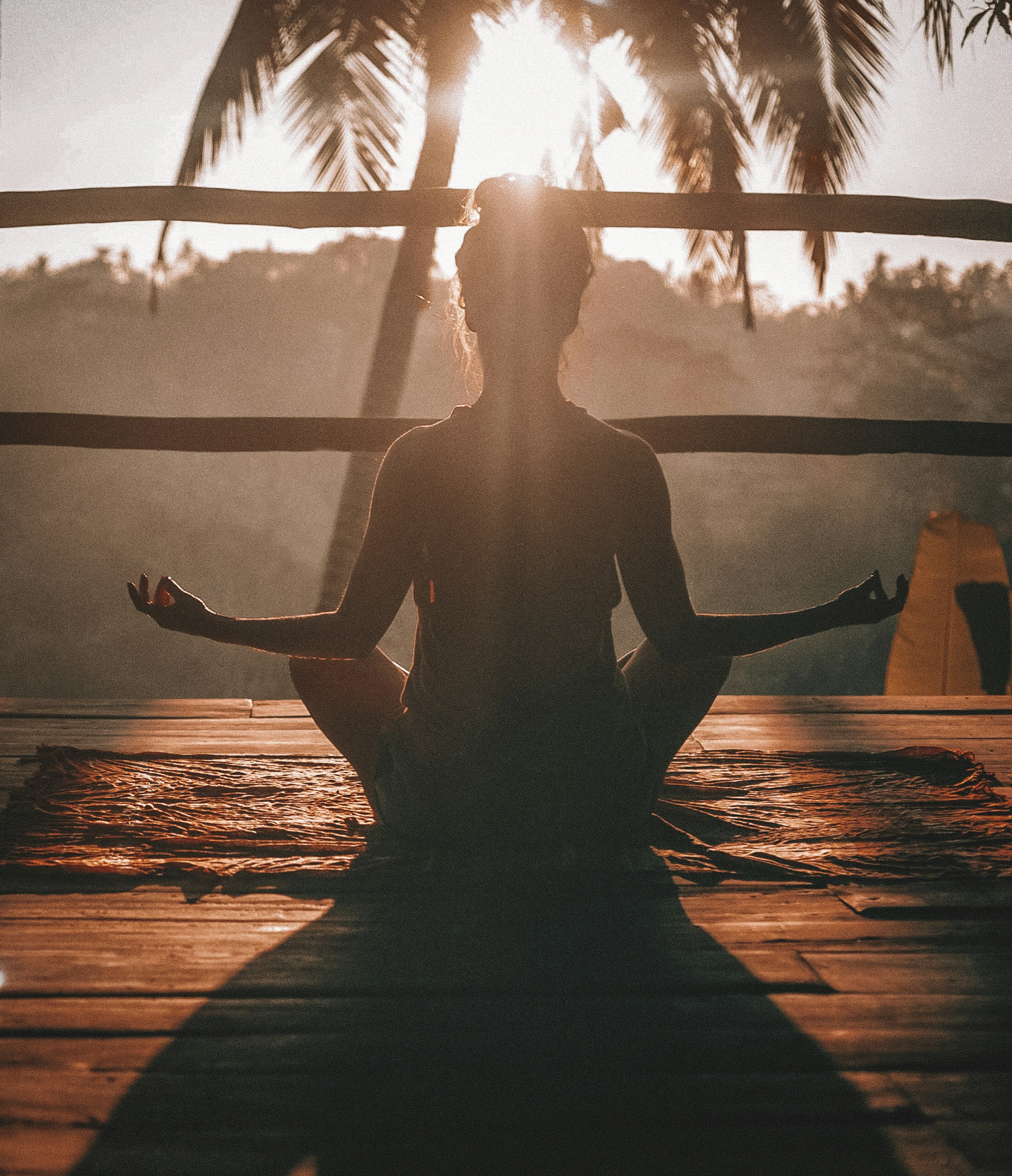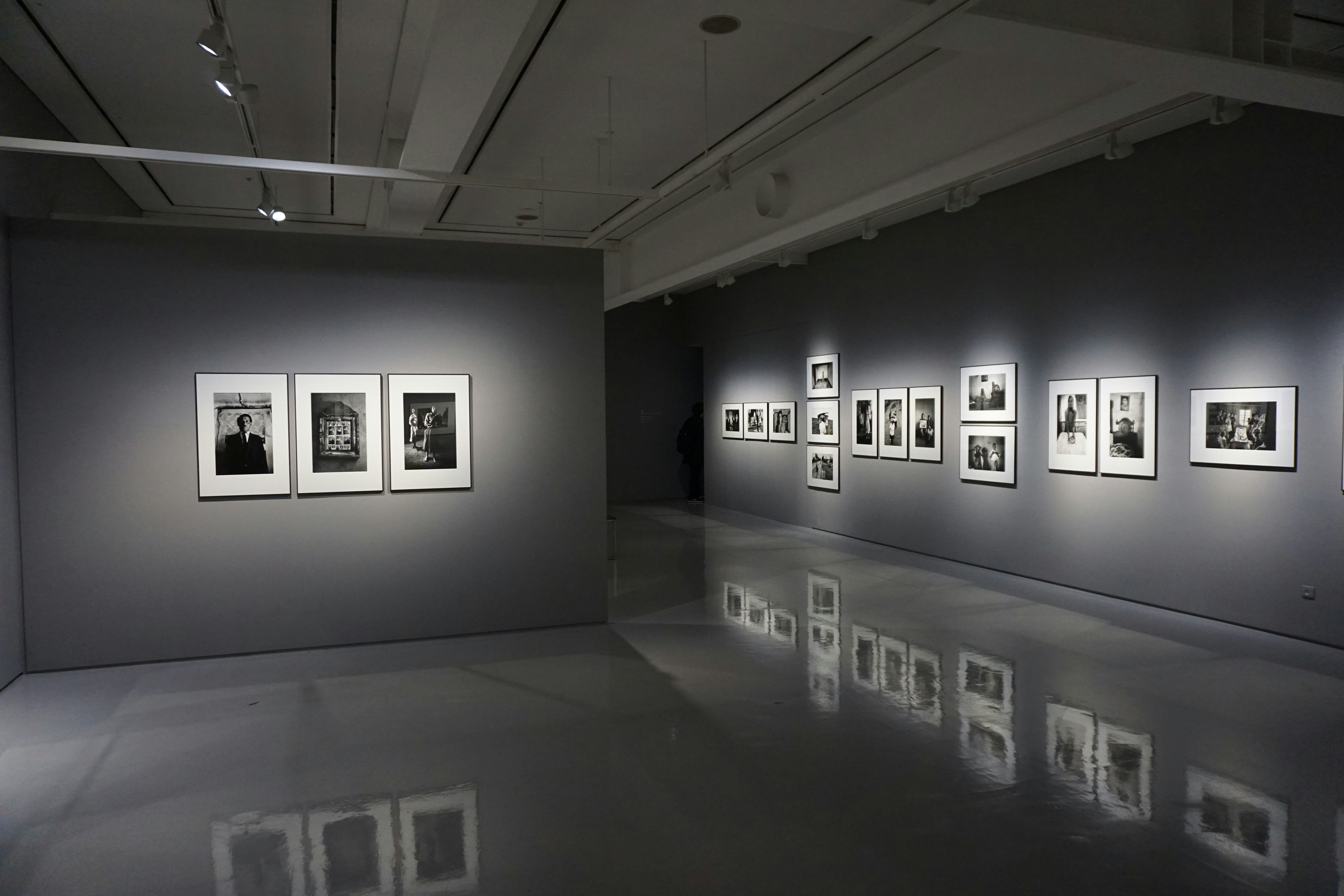The Art of Slow Living: Embracing Mindfulness in Modern Culture
Malik Mohsin Saleem Khan
July 2, 2023 · 14 min read

Introduction
In a world that increasingly celebrates speed, productivity, and constant connectivity, the slow living movement offers a compelling counternarrative—one that prioritizes presence, intention, and deeper connection over efficiency and achievement. This cultural shift isn't about doing everything at a snail's pace, but rather about questioning the cult of busyness that dominates modern life and consciously choosing a more deliberate approach to how we spend our time, energy, and attention.
This comprehensive guide explores the philosophy, practices, and potential benefits of slow living in contemporary culture. From its historical roots to practical applications across different life domains, we'll examine how embracing slowness might offer a path to greater wellbeing, sustainability, and meaning in an age of acceleration. Whether you're feeling overwhelmed by the pace of modern life or simply curious about alternative approaches to everyday living, this exploration of slow culture provides insights for cultivating a more mindful relationship with time and experience.
The Origins and Evolution of Slow Culture
The modern slow movement traces its origins to 1986 in Rome, when journalist Carlo Petrini protested the opening of a McDonald's near the Spanish Steps by founding Slow Food—an organization dedicated to preserving regional cuisine, traditional farming methods, and the pleasure of unhurried meals. What began as a culinary rebellion quickly expanded into a broader cultural critique, questioning the fundamental assumption that faster always equals better.
This questioning has become increasingly relevant as the pace of life continues to accelerate. According to sociologist Hartmut Rosa, social acceleration has three dimensions: technological acceleration (faster transportation, communication, and production), acceleration of social change (more rapid transformations in institutions, practices, and relationships), and acceleration of the pace of life (increasing time scarcity despite labor-saving technologies). Research suggests these accelerations contribute to rising stress levels, with a 2020 American Psychological Association survey finding that 60% of adults feel their lives are too busy to enjoy themselves.
The slow movement has evolved in response to these pressures, expanding beyond food to encompass slow fashion, slow travel, slow parenting, slow technology, and other domain-specific applications. While these expressions vary in their specific practices, they share core values: mindfulness over mindlessness, quality over quantity, connection over efficiency, and process over product. Collectively, they represent not a rejection of modernity but rather a more intentional engagement with it—one that recognizes both the benefits and costs of acceleration and seeks a more balanced approach to contemporary life.
Core Principles of Slow Living
Slow living isn't governed by rigid rules but rather guided by principles that can be adapted to individual circumstances and preferences. Understanding these core principles provides a foundation for developing personal practices that align with slow values while accommodating the realities of modern life.
Presence forms the cornerstone of slow living—the practice of bringing full attention to whatever you're doing rather than dividing focus or rushing through experiences. According to research published in the Journal of Personality, people who regularly practice mindfulness report greater life satisfaction and more positive emotions, even when controlling for other factors. This suggests that how we engage with our experiences may matter more for wellbeing than the specific content of those experiences.
- Intentionality: Making conscious choices about time and energy allocation rather than defaulting to cultural expectations or habitual patterns
- Connection: Prioritizing deep relationships and meaningful engagement with people, places, and activities over superficial interactions
- Simplicity: Reducing complexity and clutter (both material and scheduled) to create space for what matters most
The principle of sufficiency challenges the "more is better" assumption that drives much of consumer culture. Slow living invites consideration of what constitutes "enough" in various life domains—work, possessions, information, activities—and suggests that beyond certain thresholds, additional quantity may diminish rather than enhance quality of life. This aligns with research on the Easterlin paradox, which shows that beyond meeting basic needs, increases in wealth and consumption correlate weakly with increases in happiness.
Practical Applications Across Life Domains
Slow living principles can be applied across various aspects of daily life, creating a more cohesive approach to living that aligns with values of presence, intention, and connection. These practical applications demonstrate that slow living isn't about withdrawal from modern life but rather a more mindful engagement with it.
In the realm of food and eating, slow practices include prioritizing home cooking with whole ingredients, sharing meals without digital distractions, supporting local food systems, and cultivating sensory awareness while eating. Research from Harvard T.H. Chan School of Public Health indicates that people who regularly cook at home consume fewer calories and less sugar than those who eat out frequently, suggesting health benefits beyond the pleasure of more mindful eating.
"Slow living is not about determining how little we can live with—it's about determining how much we can enjoy." — Carl Honoré, author of "In Praise of Slow"
Work and productivity take on different dimensions through a slow lens. Rather than maximizing output, slow work focuses on creating conditions for deep focus, meaningful contribution, and sustainable pace. Practices include time blocking for concentrated work, building transition periods between activities, limiting multitasking, and establishing boundaries around digital connectivity. Companies like Basecamp have pioneered organizational approaches to slow work, implementing four-day workweeks and asynchronous communication practices that reduce urgency while maintaining effectiveness.
Leisure and recreation perhaps most clearly reveal the distinction between slow and conventional approaches. Slow leisure emphasizes activities that foster absorption and flow rather than passive consumption or status signaling. This might include crafts that develop skill over time, reading physical books, walking in natural settings, or engaging in conversation without time pressure. The key distinction lies not in the specific activity but in the quality of engagement—choosing experiences that invite depth rather than breadth.
Challenges and Benefits of Embracing Slowness
Adopting slow living practices in a fast-paced culture presents both significant challenges and potential rewards. Understanding these dynamics helps in developing realistic expectations and sustainable approaches to incorporating slowness into contemporary life.
Cultural resistance represents perhaps the most pervasive challenge, as busyness has become a status symbol in many societies. Research by Columbia Business School found that Americans increasingly view busyness as a sign of prestige and importance, contrasting with earlier periods when leisure signaled high status. This shift creates social pressure to maintain hectic schedules and rapid responsiveness, making slow choices seem countercultural or even professionally risky.
Economic constraints also present real barriers, as slow practices often require resources that aren't equally available to all. Cooking from scratch demands time that working parents may struggle to find; buying high-quality, ethically produced goods costs more than mass-produced alternatives; living close to nature or work to reduce commuting requires financial privilege in many housing markets. These realities highlight the importance of addressing systemic issues alongside individual lifestyle changes.
Despite these challenges, research suggests significant benefits from incorporating even modest slow practices into daily life. A longitudinal study published in Applied Psychology: Health and Well-Being found that participants who regularly engaged in mindful activities reported improvements in life satisfaction, meaning, and positive emotions over a three-month period. Similarly, research on "time affluence"—the feeling of having enough time—shows stronger correlation with wellbeing than material affluence.
Getting Started with Slow Living
Transitioning toward slower living doesn't require radical lifestyle changes or complete withdrawal from modern society. Instead, it involves making incremental shifts that gradually transform your relationship with time, attention, and consumption. The following steps provide a framework for beginning this journey in a sustainable way.
- Conduct a time audit: For one week, track how you spend your time in 30-minute increments, noting not just activities but also your energy level and sense of meaning during each period. This baseline assessment reveals opportunities for realignment without judgment or immediate pressure to change.
- Identify your "enough" thresholds: Reflect on different life domains (work, possessions, information, social commitments) and consider what constitutes "enough" in each area. Where might you be pursuing more at the expense of better? What could you potentially subtract to create space for greater presence?
- Create daily slow rituals: Designate specific times for undistracted presence—perhaps a morning coffee without devices, an evening walk without earbuds, or a meal eaten without screens. These small islands of slowness create regular opportunities to practice presence without overwhelming your schedule.
- Experiment with time abundance: Schedule buffer time between appointments, intentionally arrive early, or leave a weekend day unplanned. Notice how these practices affect your experience of time scarcity or abundance.
- Practice single-tasking: Choose one regular activity (eating, commuting, listening to someone speak) and commit to doing just that thing with full attention. When your mind wanders, gently return focus to the present experience without self-criticism.
As you implement these practices, approach the process with self-compassion rather than perfectionism. Slow living in a fast culture involves ongoing negotiation rather than absolute transformation. The goal isn't to eliminate all forms of speed or efficiency but rather to create a more intentional relationship with pace—knowing when to slow down and when to speed up based on your values and the nature of the activity.
The Future of Slow Culture
As technological acceleration continues and environmental concerns grow more urgent, slow culture appears positioned for increased relevance rather than obsolescence. Several emerging trends suggest how the slow movement might evolve and influence broader cultural patterns in coming years.
The concept of "time politics" is gaining traction among social theorists and activists who recognize that time allocation represents a significant equity issue. Organizations like the 4 Day Week Global campaign advocate for structural changes to work schedules, arguing that reduced working hours benefit wellbeing, gender equality, and environmental sustainability. These efforts suggest a potential shift from viewing slow living as primarily an individual lifestyle choice to recognizing it as a matter of social policy.
Environmental imperatives increasingly align with slow principles, as research demonstrates the unsustainability of fast consumption patterns. The "slow fashion" movement exemplifies this convergence, with its emphasis on durable, ethically produced garments as alternatives to resource-intensive fast fashion. As climate concerns become more pressing, practices that reduce consumption while enhancing quality of life may gain broader appeal beyond those primarily motivated by personal wellbeing.
Conclusion
The slow living movement offers not a wholesale rejection of modernity but rather a more nuanced engagement with it—one that questions the assumption that faster always equals better and creates space for human-scaled experiences in an increasingly accelerated world. By cultivating presence, intentionality, and connection, slow living practices provide a counterbalance to the fragmentation and overwhelm that characterize much of contemporary life.
The most sustainable approach to slow living acknowledges both its challenges and benefits, adapting principles to individual circumstances rather than imposing rigid ideals. Small, consistent practices often prove more transformative than dramatic lifestyle overhauls, gradually shifting your relationship with time and attention toward greater alignment with your deeper values.
As you explore slow living principles, remember that the goal isn't to eliminate all forms of speed or efficiency but rather to reclaim agency over pace—to make conscious choices about when to slow down and when to speed up based on the nature of the activity and your priorities. In a culture that often equates worth with productivity, choosing slowness when appropriate represents a radical affirmation that life's value lies not merely in what we accomplish but in how fully we engage with our experiences along the way.
Frequently Asked Questions
Is slow living compatible with a successful career?
Yes, though it may require redefining "success" beyond conventional metrics. Slow work principles like single-tasking, creating boundaries around availability, and prioritizing deep focus over constant reactivity can actually enhance productivity and creativity. Many successful professionals incorporate slow practices like meditation, technology sabbaticals, and intentional leisure to sustain performance while preventing burnout.
How can parents practice slow living with young children?
Slow parenting emphasizes quality connection over scheduled enrichment and embraces children's natural pace. Practical approaches include limiting structured activities, creating regular "free time" without screens or plans, involving children in household tasks like cooking (valuing process over efficiency), and establishing technology-free family rituals. Even small adjustments—like leaving early to avoid rushing or creating buffer days after travel—can reduce stress while modeling healthier relationships with time.
Doesn't slow living require privilege?
Certain expressions of slow living do require economic privilege, time flexibility, or specific living situations not equally available to all. However, core principles can be adapted across different circumstances. The key is identifying where you have agency over pace, even within constraints. This might mean creating small rituals of presence, practicing single-tasking during routine activities, or finding community support for shared slow practices like community gardens or meal exchanges.
How do I practice slow living without seeming lazy or unproductive?
Communicate the intentionality behind your choices, framing slow practices in terms of effectiveness rather than avoidance. For example, explain that you batch email responses to maintain focus on deep work, or that you limit meetings to preserve energy for creative thinking. When possible, share research on how rest enhances productivity and how presence improves decision-making. Most importantly, let the quality of your contributions speak for itself—thoughtful work often demonstrates its value regardless of the pace at which it was produced.
Malik Mohsin Saleem Khan
Founder
Author bio information
Related Articles

Must-Visit Art Exhibitions Around the World in 2023
Apr 20, 2023 · 16 min read

Global Cinema Appreciation: Understanding Film Beyond Hollywood
Jan 18, 2024 · 16 min read

Literary Classics Guide: Finding Personal Connection with Timeless Works
Jan 25, 2024 · 14 min read